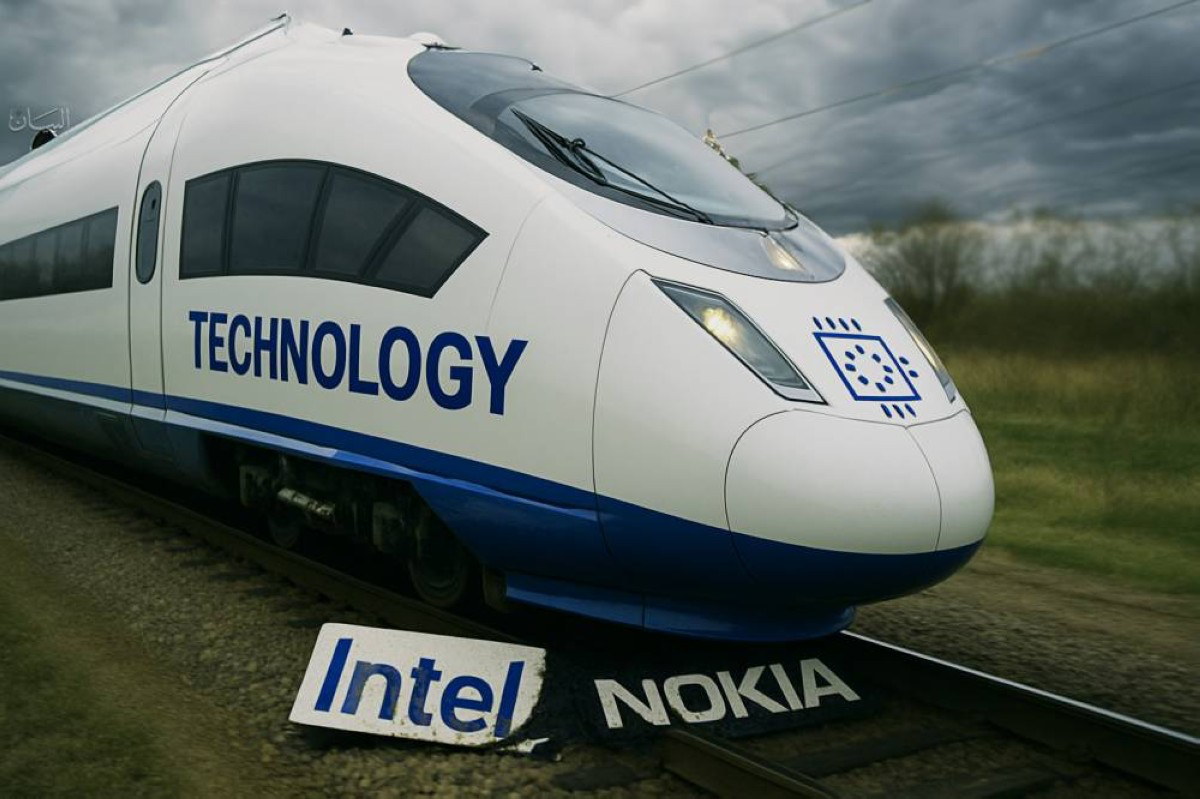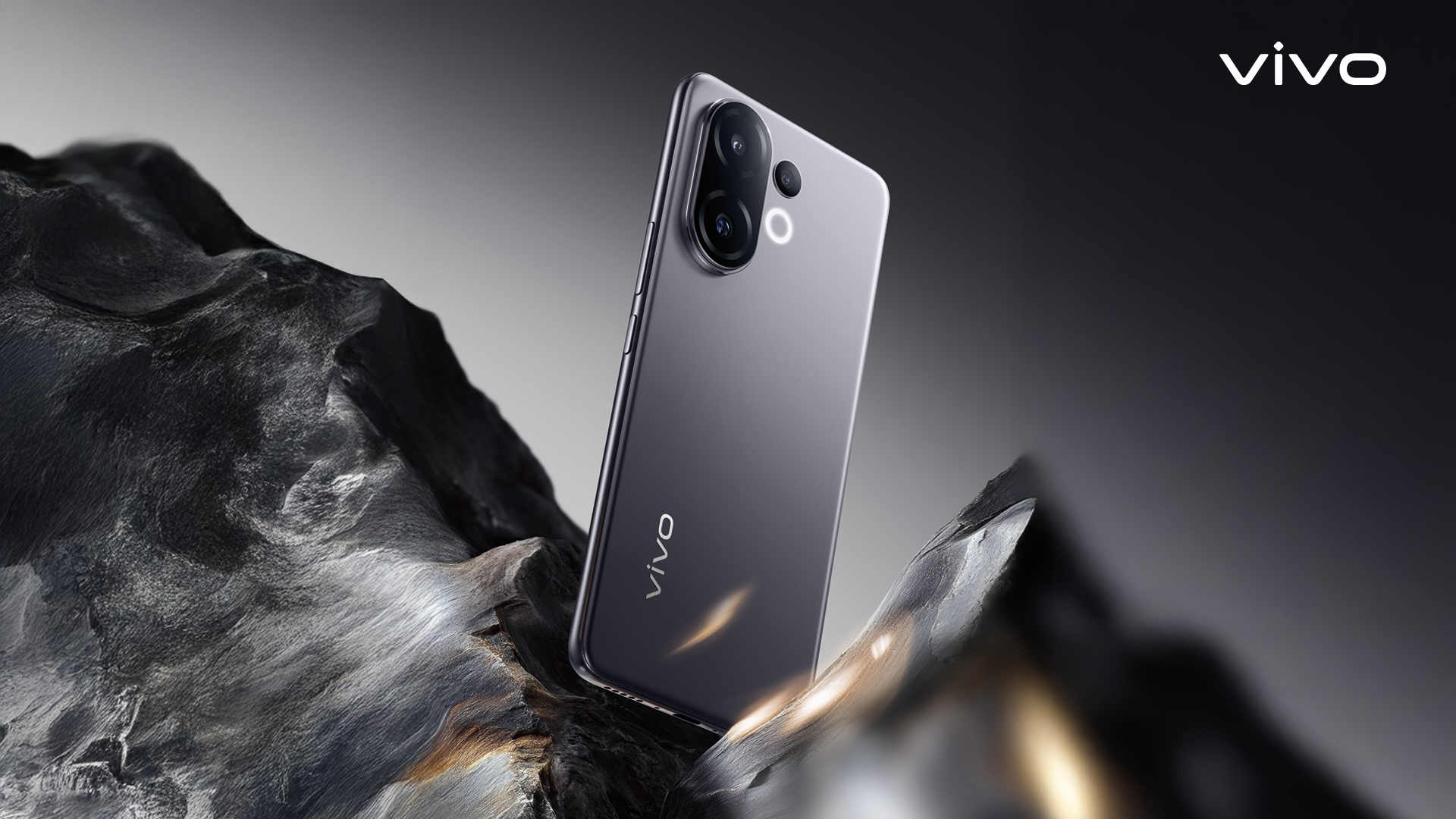In a rapidly changing economic landscape, there is no room for stasis. Even technology giants are not immune to the harsh reality of change.
Innovation is the only ticket to survival. But what happens when a behemoth like Intel stumbles? Is the company destined to repeat the tragic story of Nokia, the one-time king of mobile phones that collapsed almost overnight?
At its peak, Nokia dominated the global mobile phone market, controlling half of it. However, its refusal to embrace the nascent Android operating system, its stubborn adherence to its own Symbian OS, and its later pivot to Windows Mobile revealed a pattern of inflexibility and a failure to adapt to fundamental market shifts. Between 2007 and 2013, Nokia lost almost everything. The company ignored the rise of touchscreen smartphones and underestimated the crucial role of third-party apps in attracting users. Despite being widely considered “too big to fail,” Nokia’s fall was spectacular.
While the Nokia name still exists today through a limited number of Android-based devices, it has never recovered its former glory. It serves as a stark reminder that arrogance and stagnation can bring down any entity, no matter its size.
Intel on a Perilous Path
Intel’s history is filled with success; for decades, it has been the bedrock of the processor industry. However, recent years have shown signs of decline. The company has suffered from a series of misguided technical decisions, such as the flawed Netburst architecture in its Pentium 4 processors, which was plagued by performance and overheating issues. This was followed by the failed Itanium project and the Larrabee graphics card initiative, which was shuttered before it ever saw the light of day.
According to tech analyst Sydney Butler, Intel has not learned from its past failures. Instead, it has become overly cautious, trying to avoid mistakes by avoiding risk altogether. Butler considers this “the greatest mistake” on its current trajectory.
The Severest Blow
Intel’s failure to rapidly update its architectural structure led to Apple’s strategic decision to develop its own ARM-based processors. With that move, Intel lost one of its most critical clients.
Now, Intel faces the risk of losing its customers in the PC market as well. Microsoft has partnered with Qualcomm to produce ARM-based processors for laptops. If Qualcomm can improve its performance to rival Apple’s chips, other PC manufacturers may abandon Intel. ARM processors are known for their lower power consumption and reduced heat generation, which minimizes the need for expensive cooling technologies. However, this transition would require extensive efforts from developers to re-engineer applications for the new architecture, moving away from the x86 architecture that Intel provides development kits for. Similarly, Windows itself would need to adopt Intel’s new architectures as expected.
A Leadership Crisis
A new crisis has been added to Intel’s woes: this time, a leadership one involving its new CEO, Lip-Bu Tan. In March, Tan took the helm, but he was soon accused of having ties to Chinese military-affiliated companies, a matter that has caused widespread concern among U.S. politicians.
Republican Senator Tom Cotton sent a letter to Intel’s board, alleging that Tan holds stakes in companies with Chinese military ties and accusing him of participating in a breach of U.S. export controls during his time leading Cadence Design Systems. This was followed by a direct call from President Donald Trump on his Truth Social platform for Tan’s immediate dismissal. The company’s stock subsequently dropped by 3% in a single day, despite a positive performance by other technology stocks.
Is There Salvation?
Between erratic technical decisions, a lack of innovation, client loss, and leadership crises, Intel stands at a critical crossroads. It must either reinvent itself and reclaim its leadership role in the processor sector or join Nokia in the ranks of fallen giants.
The question is no longer whether Intel can fall, but whether it can survive the final blow. The tech world is unforgiving. It operates like a high-speed train, crushing anyone who fails to keep up. Will Intel manage to survive beneath its wheels?
![]() Follow Emirates 24|7 on Google News.
Follow Emirates 24|7 on Google News.




